
After a 2-week break, away from the Maasai Mara, it is wonderful to be back. There is something soothing, reassuring and altogether special in the knowledge that regardless of how mad things may be in the world, life in the Mara maintains her beautiful rhythm.
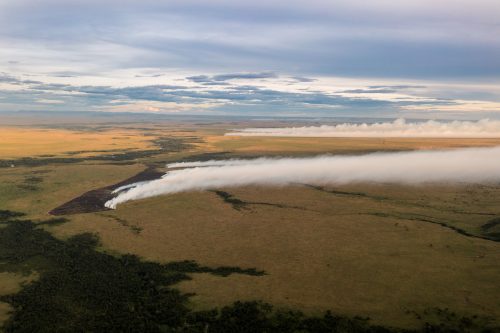

From the minute I got back into camp I was desperate to get out into the park. I could see from the South Camp deck that there were a number of fires across sections of the Mara Triangle.

This year, we have already received half of the average annual rainfall, and so it has been too wet for park management to arrange significant controlled fires. However, from a rainfall perspective, this year pales in comparison to last year. Can you believe that it has been a year since the monumental floods hit this area? I will never forget watching the Mara River burst its banks, as roads turned into streams.
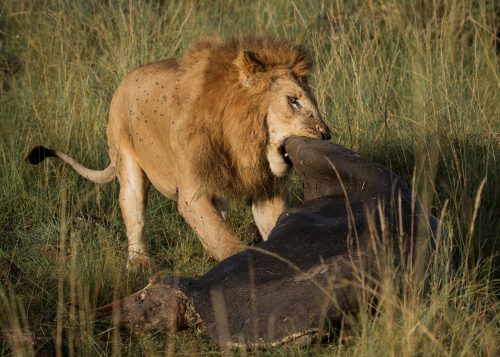
It was also this week a year ago that the Bila-Shaka Males (aka Six Pack) arrived in the Triangle. They had crossed the river near Main Crossing and had killed a hippo. We could not believe it when we came across these new males. We spent much of the lockdown period watching as they took over numerous Triangle prides, establishing themselves as the dominant force in the area.
Over the last year, these males have managed to conquer huge tracts of land, seemingly avoiding large-scale confrontations with other males. They started with the Paradise Pride and then moved northwards taking over the Mugoro Pride, the River Pride and lastly, the Angama Pride. And that is just on this side of the river. Who knows how many ladies they entertain on the Greater Reserve side? Perhaps one of our readers can let us know.


On my first drive back and the one year anniversary of these males in the Triangle, I managed to find them again, this time mating with the solitary Swamp Pride lioness. In one year they had taken over 5 prides! Incredible.

The following morning, I returned to the same area along the river to find 4 of the Bila-Shaka males, feasting on a recently killed large buffalo bull. In my opinion, they are the most fearsome coalition in the Mara at the moment, and I savour every second I get to spend with them.
Down south along the Tanzanian border we have the Inselberg males. Dare I say a show-down between these two groupings would be the most epic battle ever. They continue to avoid each other for now…
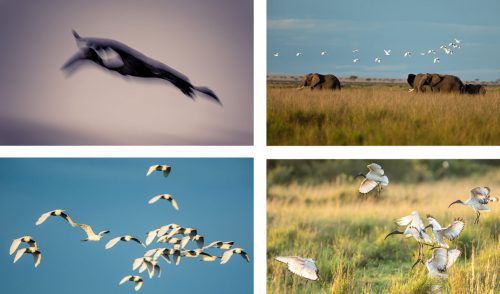
Whilst driving around looking for lions I promise I do look for other things. Regularly, I will stop the car and sit patiently at areas that I know are productive from a bird point of view. The following 4 bird photographs were taken over the space of about 15 minutes from the exact same position.
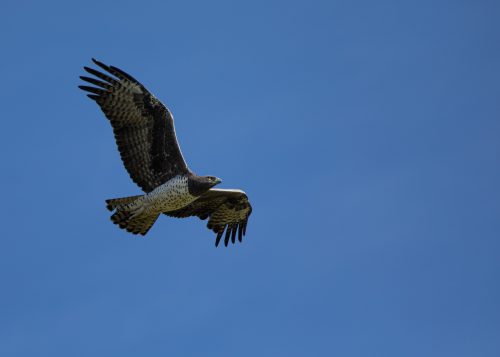
Here at Angama we are big supporters of the Mara Raptor Project and I can’t help but take photos of noticeable birds of prey. The most glorious of course is the martial eagle. This particular individual is a male from the Inselberg pair. He has a tiny remote transmitter on his back that allows the Mara Raptor Project to track and analyse his movements.


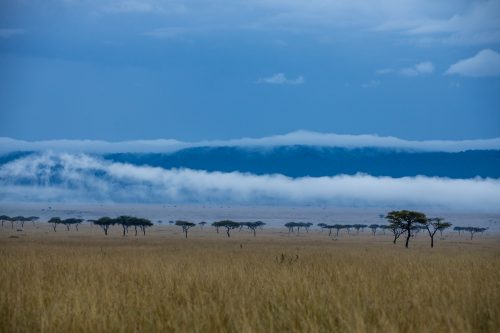
There really are few landscapes more beautiful than the Mara Triangle. The characteristic flat-topped Balanite trees, the backdrop of the Oloololo escarpment, the vast sky and sea of pristine grass. Even without animals it is magnificent.

The natural beauty of the Maasai Mara – the extraordinary views and plethora of wildlife – was the primary reason that Angama Mara was built. And because the site was so special, the team needed to build something breath-taking – and that they did.

This week a year ago, apart from the hippo killed by the Bila-Shaka Males, another hippo died in the river. Huge crocodiles moved in to feast, grabbing parts of the body and spinning relentlessly in an effort to prize of a piece of flesh.

There is already lots of discussion and debate amongst the guiding team as to when the Great Migration will arrive. The general consensus, or ‘guess’ at this stage, is late June or early July. Looking back on my photographs I was amazed to see that back in late April 2019 we had a very early pioneer group arrive from the south. The stayed for a few days before heading back. I will be sure to keep you updated on migration news and movements when they start to develop.
Filed under: This Week at Angama
Subscribe for Weekly Stories
Comments (0):

The Angama Foundation